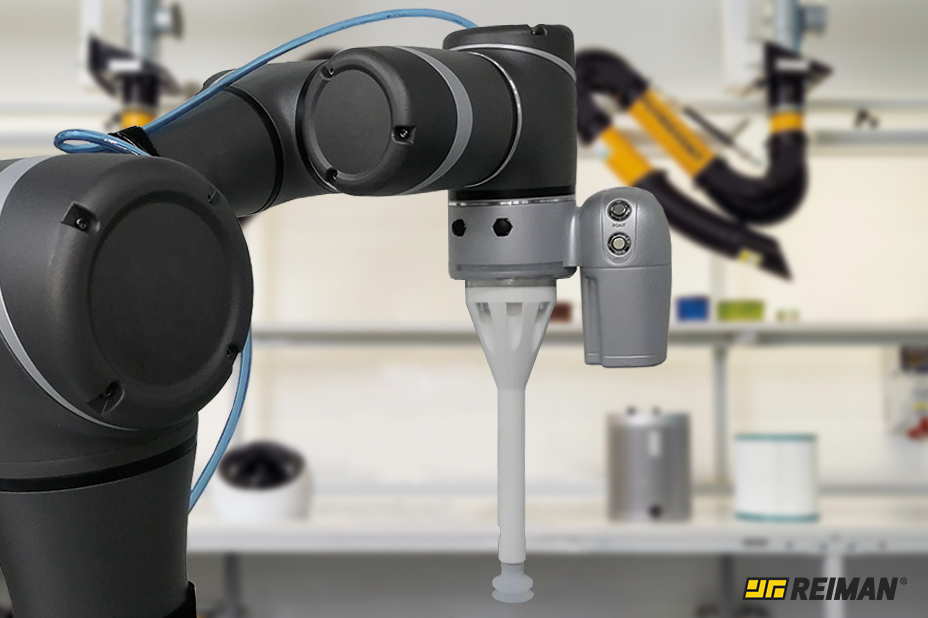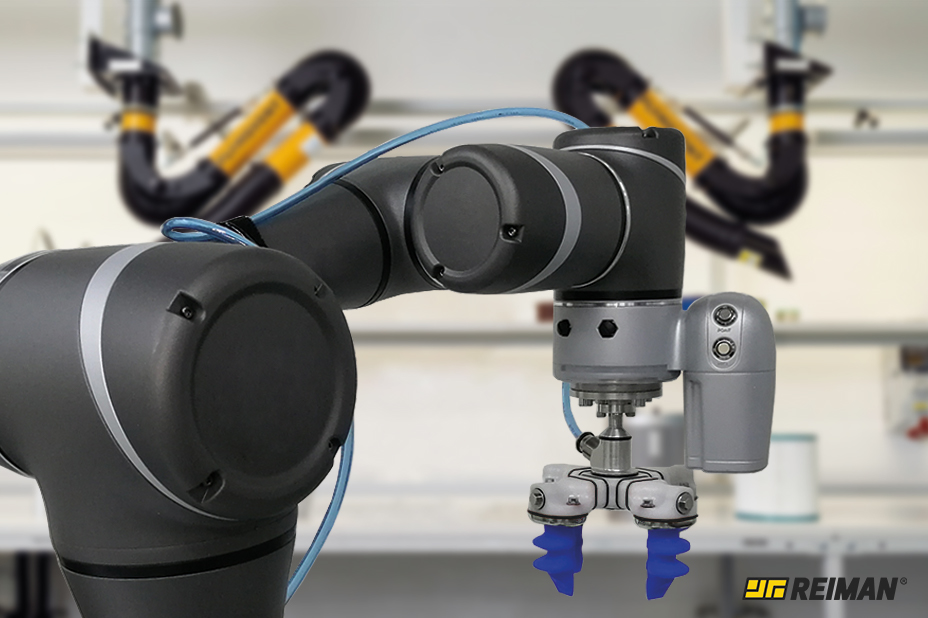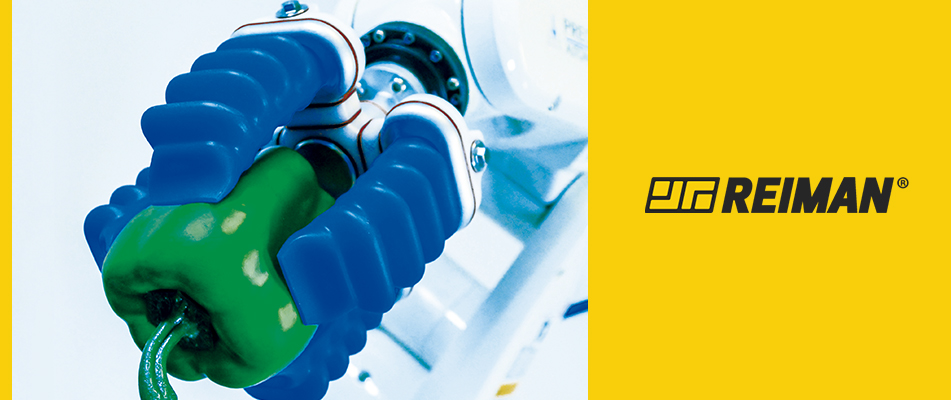We use cookies to make your experience better. To comply with the new e-Privacy directive, we need to ask for your consent to set the cookies. Learn more.
3 types of popular EOATs in the food industry

In the last few years, the world has suffered a revolution at the industrial level. All production processes have started to be automated and, consequently, production capacity has improved. It is now much easier to meet the needs of consumers who are becoming more and more demanding. Traditional automation is mostly done at the level of packaging and palletizing, but recently some questions have arisen that focus on the most sensitive sectors, such as: How to handle food without damaging it?
The sensitivity of the food industry is a factor that, when ignored, can compromise the most varied production processes. Over the last few years some studies have been developed with the aim to develop solutions for the handling of different types of food. Because it is a sector that not only needs to respond very quickly and has very high production levels, it also requires a lot of care at the hygienic level and therefore the fewer people involved in the process the more hygienic it becomes.
In this sense, we see new systems known as clamp systems that are the accompaniment of robots. These tools are called EOATs and were developed to simulate the human touch in food handling. Still, there are some solutions to consider, such as the versatility of the grippers: can a single gripper hold any kind of food? It will not damage it?
As a way to answer these and other questions, we present you the characteristics of the 3 best known EOATs used at industrial level:
Vacuum based system
The vacuum-based system is often used to transport products when they are already packed. The rubber system pulls the packages and holds them through the vacuum. Although this system is still often used for food handling, it is not the most suitable and has some disadvantages when allied to this process.
As it "pulls" food through the force of the vacuum, often it is marked, or even damaged. When it comes to food with a more sensitive structure, the force of this gripper can damage the product and therefore become inadequate for this function. The vacuum system is much more successful when used on packaged products (if they have strong packaging, if it is plastic, for example, it can damage), or on more consistent products, but this requires a constant change of grippers, since in a line there can be several products of different structures. Finally, it is important to mention that this is a system that accumulates some garbage, since the vacuum force pulls some substances that end up getting stuck in the clamps.

Rigid gripper system
In some sectors, this is a very common gripper and is used in particular when repetitive processes such as collecting and placing products on assembly lines are involved. As they are rigid grippers they have some strength to be able to grab the products, however, they easily drop them or damage them. This is because this gripper is only suitable when fully designed to hold an exclusive product. In other words, the rigid gripper system has to have the exact measurements to be able to pick up a certain product without dropping it or damaging it, which makes it often a discarded option because it requires a lot of customization. The customization of each gripper for each product becomes very expensive and ends up stealing a lot of production time while the change is being made and therefore is no longer profitable for certain businesses. The food industry is not compatible with this gripper system because the sensitivity and variability of the products is not supported by it.

Soft gripper system
Finally, we present the soft gripper system which is undoubtedly the most suitable for the food industry due to its versatility.Soft Robotics, leader in the sale of this type of grippers, has designed a gripper system totally based on the sensitivity of the food industry - the mGrip.
- Totally made of silicone
- Adaptable to any type of structure
- Touch sensitive
These are the main characteristics of mGrip that allow it to grab and transport any type of food without damaging or dropping it. The silicone clamps grab the product so that it can be transported at a great speed without dropping it and its formation allows it to grab any kind of food structure.
The mGrip can circulate 3-4 times per second and therefore perfectly match the speed of the most varied industrial robots. Besides this, it does not accumulate any kind of residues, since it works in a totally closed pneumatic system, which does not jeopardize the consumer's food safety. As evidence of the mentioned above, the mGrip complies with the EC 1935/2004 regulation for food contact in the European Union.
For more information please contact Reiman’s specialized team.

For more information, please contact Reiman’s specialized team.


